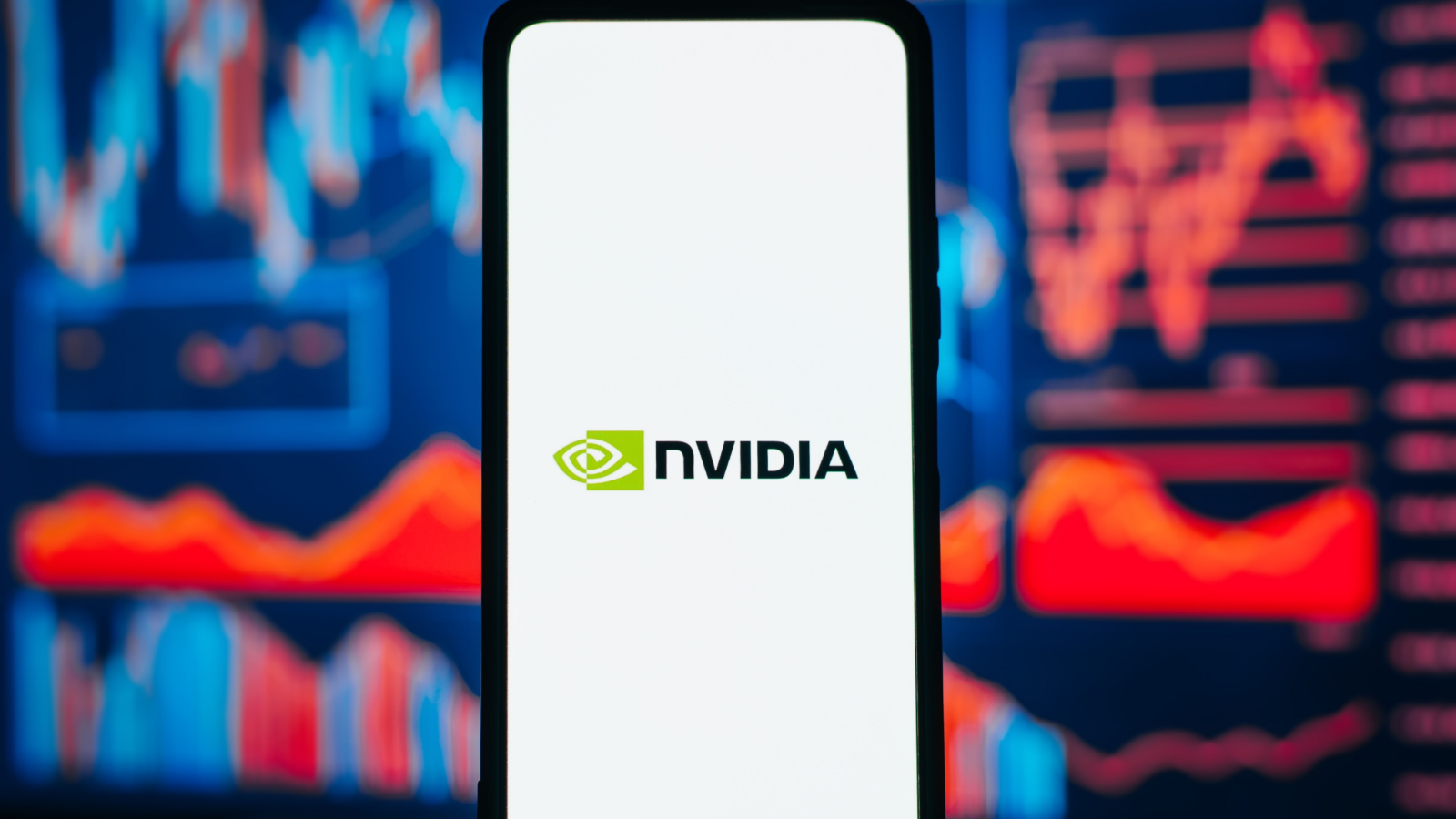I should pay more attention when I sign up to write about specific companies. In Nvidia’s (NASDAQ:NVDA) case, I could write a bullish or a bearish take on NVDA stock.
For some strange reason, I took the bearish stance. Excuse me? Anyone who’s followed me over the years knows that CEO Jensen Huang is my favorite American CEO.
Sure, there was a time when I would have suggested that Advanced Micro Devices (NASDAQ:AMD) was the better bet than Nvidia. In June 2020, I suggested that whenever AMD stock is on the ropes, it always stages a comeback.
Over the past month, AMD stock is up 12.4%, 519 basis points higher than Nvidia. In most years, investors would be happy with an 87% return like AMD has generated in 2023.
And yet, it’s trailing Nvidia by almost three-fold, which brings me to the thesis of my Nvidia bearish argument.
While Nvidia is one of the premier stocks to own for the next decade, the odds suggest that AMD will outperform NVDA in 2024.
Here’s why.
Reversion to the Mean Has Got to Kick In
Over the past five years, AMD spent the first 30 months, from Nov. 2018 to May 2021, outperforming NVDA. They were neck and neck over the next 17 months through November 2022.
However, Nvidia’s share price took off a year ago, sending it over a $1 trillion market capitalization in May. It fell back during the summer but is now safely over this mark at $1.22 trillion.
As for AMD, it has a long way to go to a trillion dollars. However, I wouldn’t put it past CEO Linda Su. If anyone can do it, she sure can. Since being named to the top job in October 2014, AMD stock has appreciated by 3,228% cumulatively or 47.6% compounded annually.
That’s just a mind-blowing performance, but what’s scary is that the next 10 years could be just as rewarding for long-time shareholders.
AMD’s Got a New Chip
In June, AMD announced it would start shipping, later in 2023, a new advanced GPU (general processing unit), the MI300 X, that would help its customers build AI (artificial intelligence) programs for chatbots, etc.
“We think about the data center AI accelerator [market] growing from something like $30 billion this year, at over 50% compound annual growth rate, to over $150 billion in 2027,” CNBC reported Su’s June comments.
Interestingly, SU said in June that the MI300x would support up to 192 GB (gigabyte) of memory, 60% more than Nvidia’s H100 GPU.
“Model sizes are getting much larger, and you actually need multiple GPUs to run the latest large language models,” Su said.
Su believes it’s one of the best products she’s ever been a part of developing. Fortune’s David Meyer reported in October about Su and how she’s ready to crash Nvidia’s party.
Meyer gained insight from Morningstar tech sector director Brian Colello on what could happen in 2024.
“The trillion-dollar question for Nvidia’s valuation is twofold: How big is this market, and how dominant will they be in this market?” Colello said in an interview with Fortune. “It’s one thing if Nvidia can command 95% of the AI market, relegating AMD to a distant second place. But if it’s a 70/30 split, he says, ‘that would be very good for AMD.”
While Nvidia is the leading provider of products with top-notch AI capabilities and speed, AMD is said to be getting better by the day.
The Bearish Line on NVDA Stock
My conclusion is not so much bearish on NVDA stock because I am not, but it’s unrealistic to think Nvidia will capture 100% of the AI market, leaving AMD and Intel (NASDAQ:INTC) on the outside looking in.
Logic dictates that AMD’s products will appeal to a large segment of the AI industry without slowing Nvidia’s growth in this area. There’s more than enough for both.
“It has become abundantly clear, certainly with the adoption of generative AI in the last year, that this [industry] has the space to grow at an incredibly fast pace,” she said. “We’re looking at 50% compound annual growth rate for the next five-plus years, and there are few markets that do that at this size when you’re talking about tens of billions of dollars.”
Looking at Nvidia and AMD’s price-to-sales ratios—37.1 and 8.58, respectively—I think it’s fair to suggest that a segment of the investment community will opt for the less expensive stock at this point in AI development.
It’s not that NVDA stock is terrible; it’s just that AMD is currently the better play from a valuation perspective.
On the date of publication, Will Ashworth did not have (either directly or indirectly) any positions in the securities mentioned in this article. The opinions expressed in this article are those of the writer, subject to the InvestorPlace.com Publishing Guidelines.
